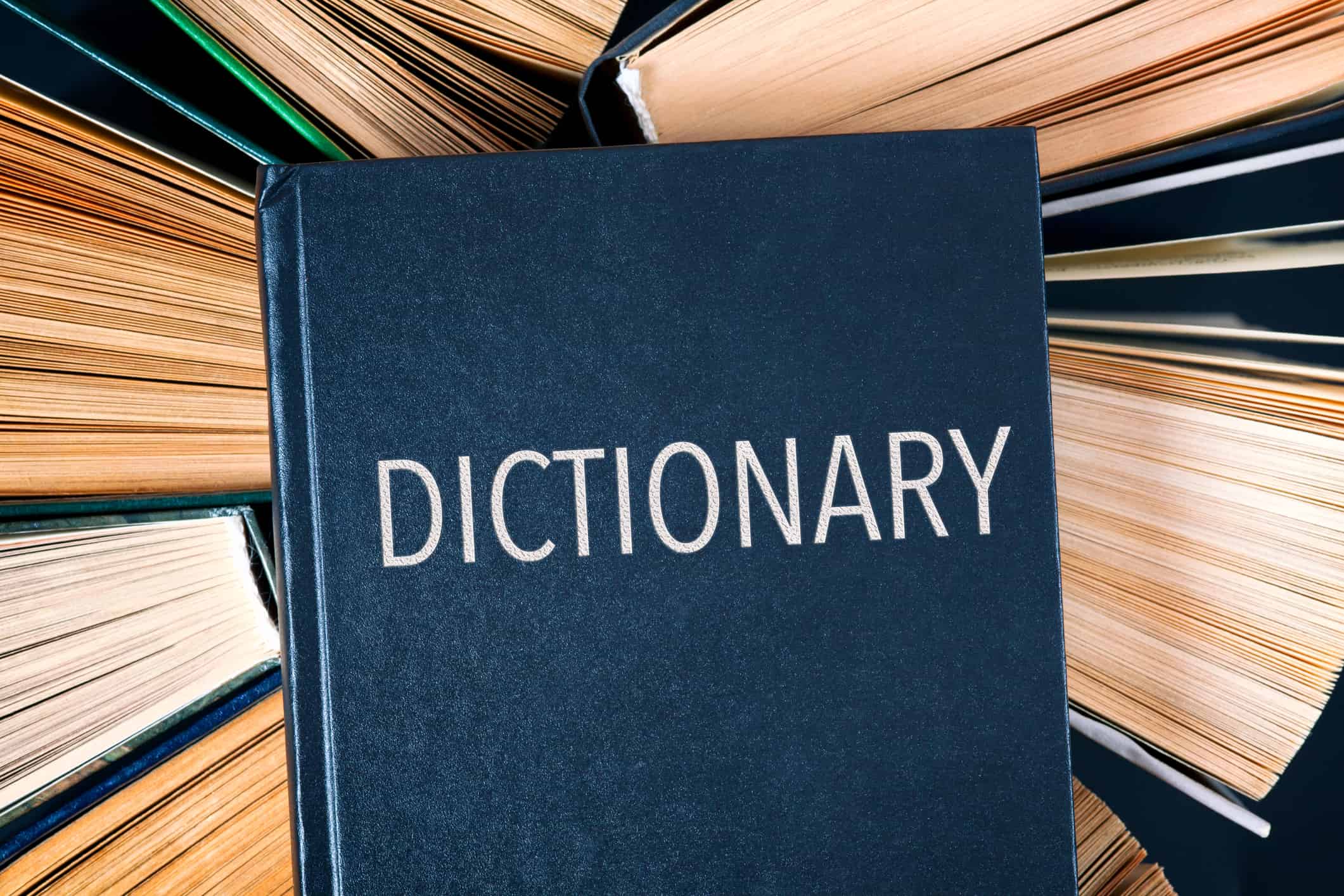
Ventilation terms describe differing approaches to indoor air quality. In the HVAC profession, the “V” stands for “ventilation.” Today, adequate fresh air ventilation throughout a house receives equal importance as both heating and air conditioning ensures home comfort as well as a healthy indoor environment.
Ventilation terms that describe potential approaches to these goals include three methods:
Natural Ventilation
This is the random movement of air into and out of a house through structural gaps and cracks. Natural ventilation comes with several downsides:
- You can’t control the amount of ventilation at any given time.
- It’s very energy inefficient as the same gaps and cracks that permit fresh air into the house also leak out cooled or heated air.
Spot Ventilation
These are exhaust-only units such as bathroom and kitchen vent fans that remove moist air from a limited space through a dedicated exhaust duct.
Whole-House Ventilation
Whole-house balanced ventilation addresses the requirements of the entire home. Comprehensive whole-house systems add fresh outdoor air and exhausting an equal volume of stale indoor air while maintaining temperature consistency. Here are two types of whole-house ventilation systems:
- Heat Recovery Ventilation (HRV). A central control unit incorporating two fans inducts fresh, filtered outdoor air and circulates it to living spaces through dedicated ductwork. At the same time, the unit exhausts an equal volume of indoor air. To maintain consistent indoor temperatures, an integrated heat exchanger transfers heat. In summer, heat extracted from the intake stream is added to the exhaust stream to preserve indoor coolness; in winter, heat from the exhaust stream is added to the intake stream to maintain indoor warmth. Depending on the unit’s efficiency, up to 80% of heat can be transferred.
- Energy Recovery Ventilation (ERV). This system functions like an HRV with one additional benefit. Utilizing an enthalpy process, water vapor is extracted from intake air and added to the exhaust stream to prevent excess indoor humidity gain during moist summer weather. The system generally maintains indoor relative humidity at 40% or less.
Ask the professionals at Jackson & Sons for more information about ventilation terms and how they support household comfort and air quality.